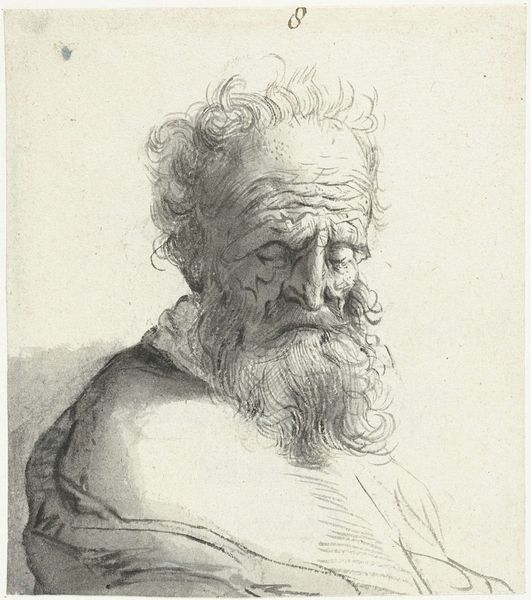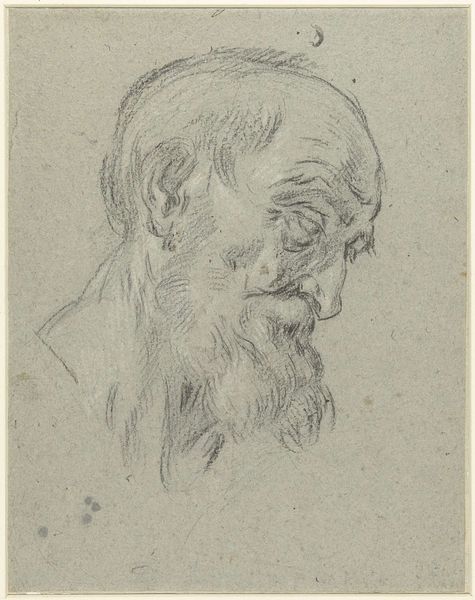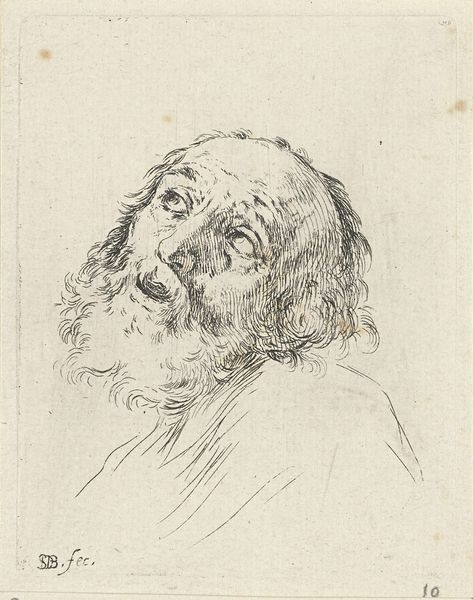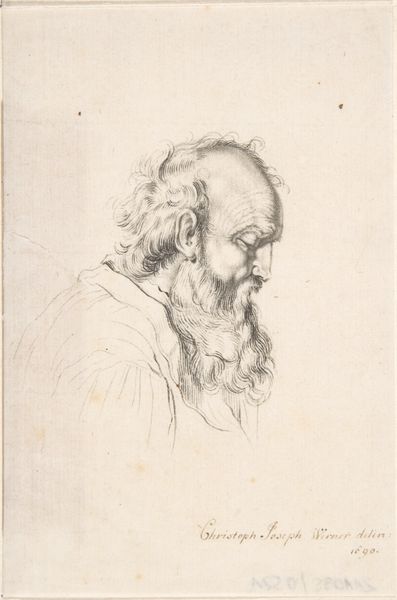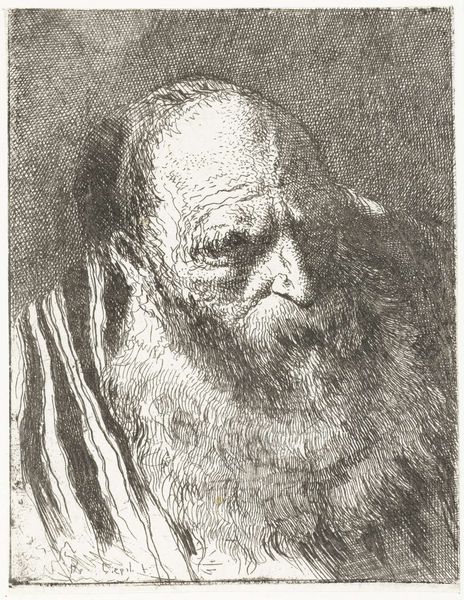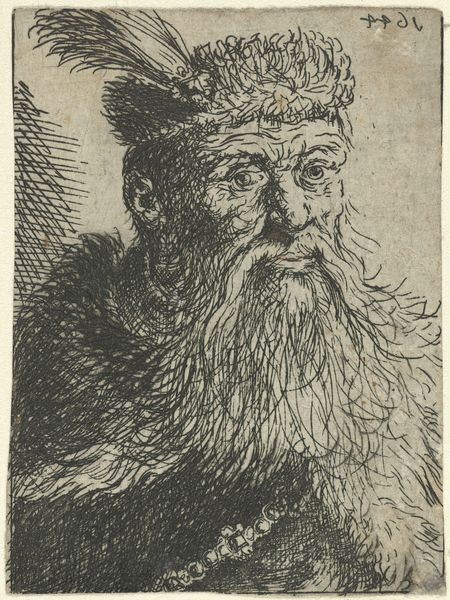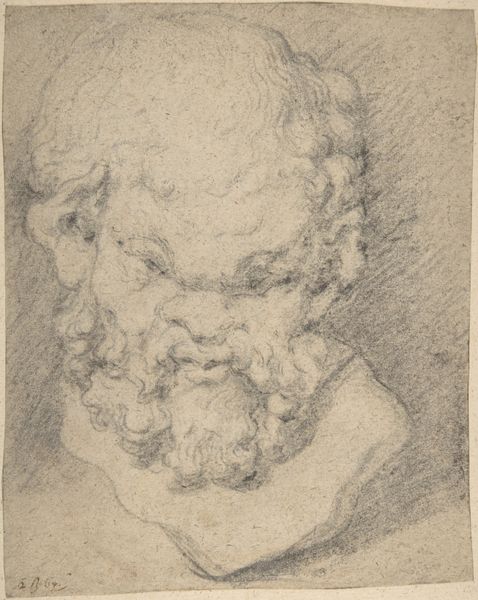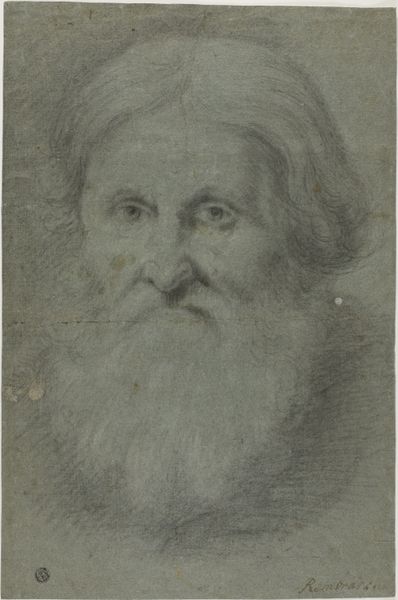
Bust-Length Study of a Bearded Man with Cap in Three-Quarter View
0:00
0:00
drawing, charcoal, pastel
#
portrait
#
drawing
#
charcoal drawing
#
figuration
#
11_renaissance
#
oil painting
#
portrait drawing
#
watercolour illustration
#
charcoal
#
pastel
#
academic-art
#
italian-renaissance
Copyright: Public domain
Curator: Let’s consider this drawing attributed to Jacopo Bassano: a bust-length study of a bearded man with cap in three-quarter view, currently residing at The Met. What’s your initial impression? Editor: He looks weary, burdened perhaps by the weight of societal expectations imposed upon men during the Renaissance—the patriarchy internalized. The somber colors add to that feeling. Curator: Yes, the color palette is subdued, creating a rather contemplative mood. But look closely at the interplay of light and shadow, especially around the eyes and beard. Note the dynamism achieved with charcoal and pastel; Bassano coaxes incredible detail from these materials. Editor: Detail certainly, yet the portrait speaks to a wider demographic than its direct referent. His is the face of labor; you can almost feel the burden in his slumped shoulders. Did Bassano intend to critique labor inequities in 16th-century Europe? Curator: Whether that was his intent is, of course, difficult to ascertain. Still, the focus on texture and form seems very deliberate. The way the light catches the folds of the cap, for instance, draws our attention to the structure and the artist’s technique. Consider, also, how Bassano utilizes contrasting lines to create the appearance of depth. Editor: Agreed. Yet, I think one must consider how art functions ideologically, subtly reinforcing existing social structures, for example, of gender or age. We cannot divorce the work from its political ramifications. Was Bassano trying to subvert existing power dynamics, or simply documenting their presence? Curator: Such contextual interpretation is interesting, no doubt. What intrigues me, however, is how a Renaissance artist—through line, shading and form—could anticipate developments in representational art over subsequent centuries. The expressiveness is really striking. Editor: It is indeed evocative and demands a sustained meditation beyond its aesthetic form. Perhaps what's most compelling is this unnamed figure's ability to encapsulate a universal experience of struggle against circumstances both known and unknown, both then and now. Curator: A resonant observation, providing, I think, an insightful endpoint for our conversation. It really does underscore the potency that historical works can possess.
Comments
No comments
Be the first to comment and join the conversation on the ultimate creative platform.

